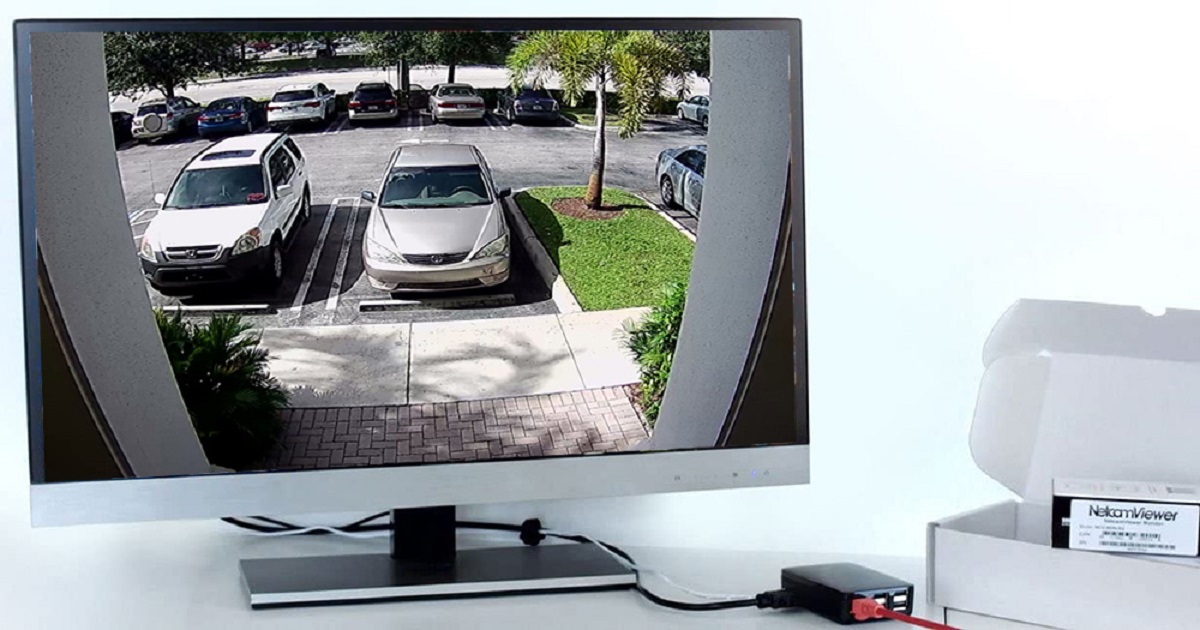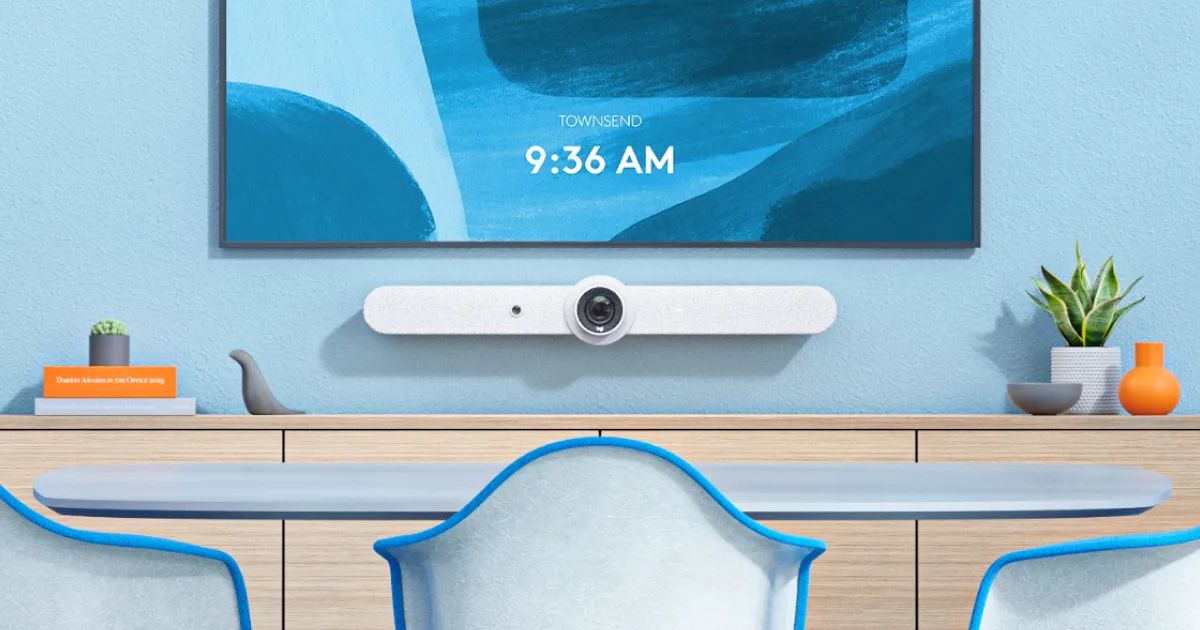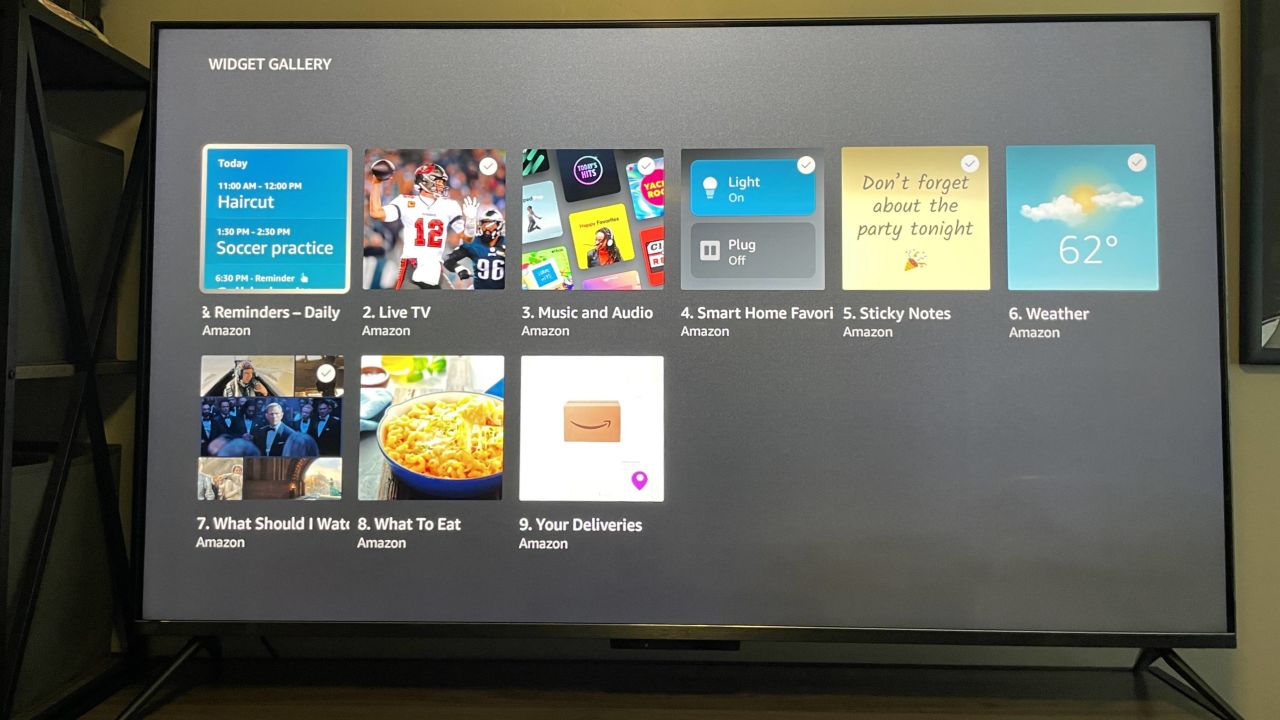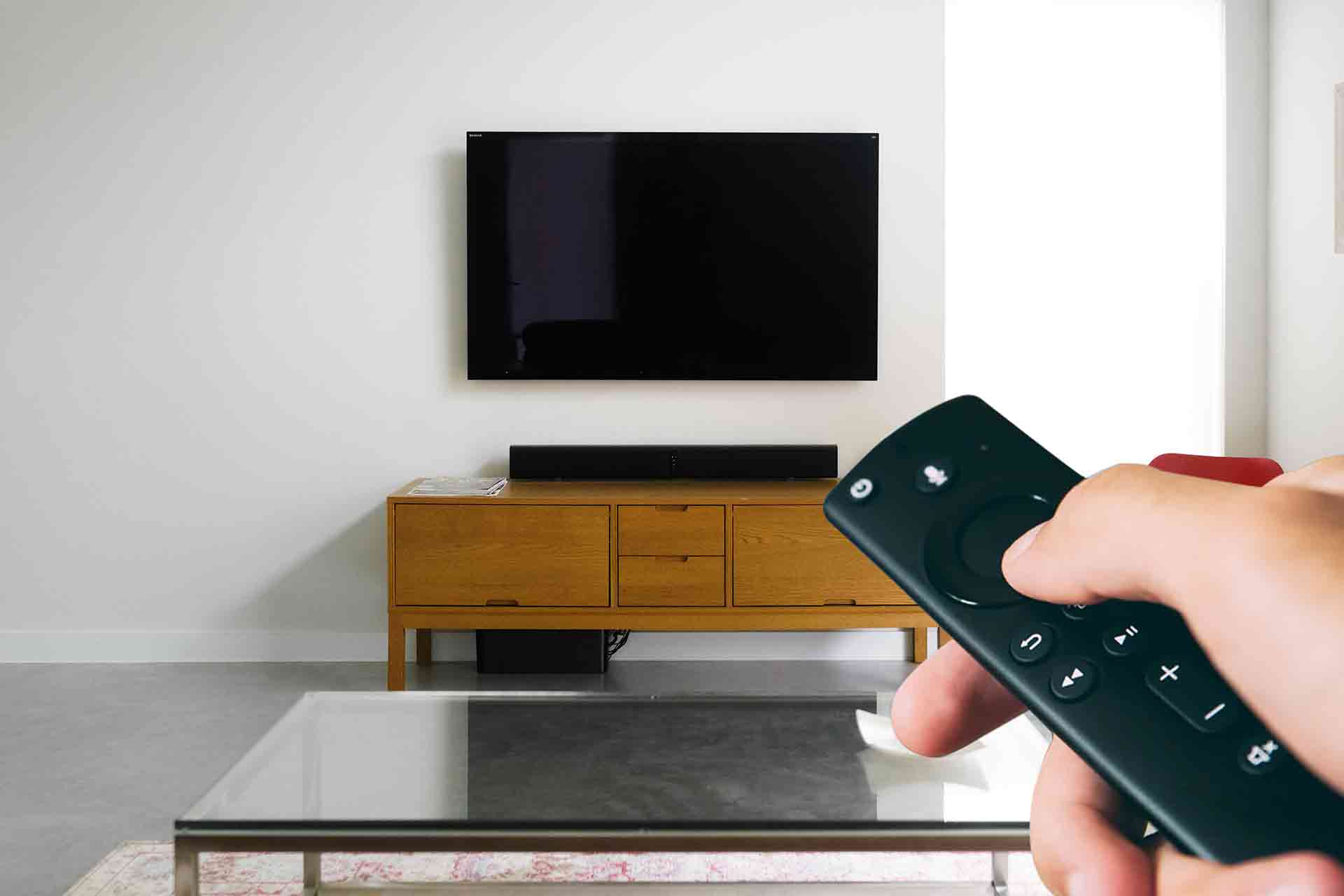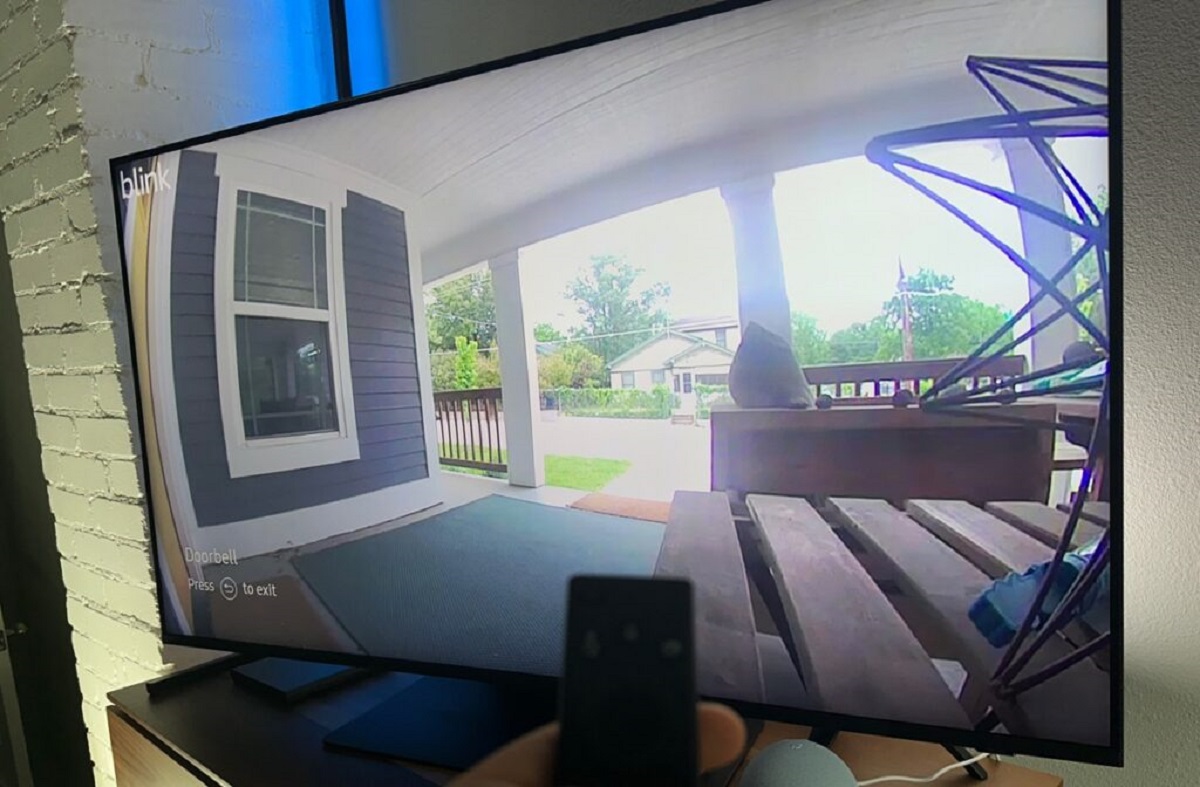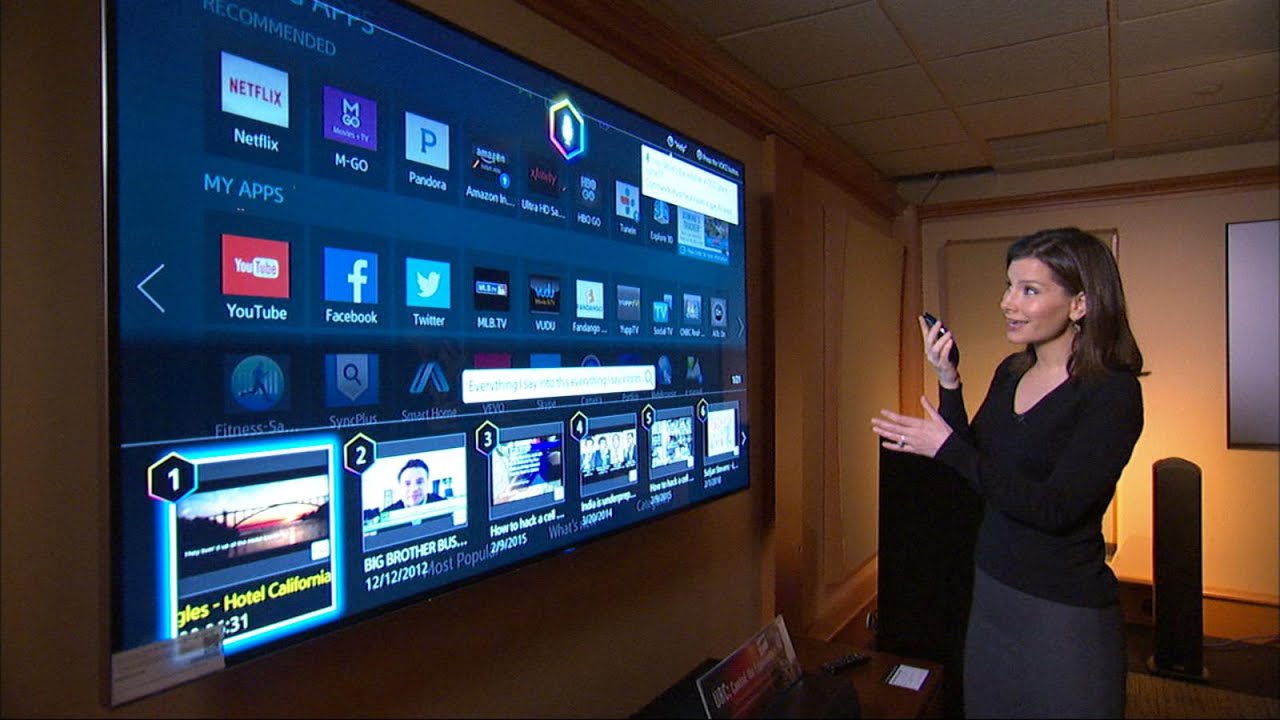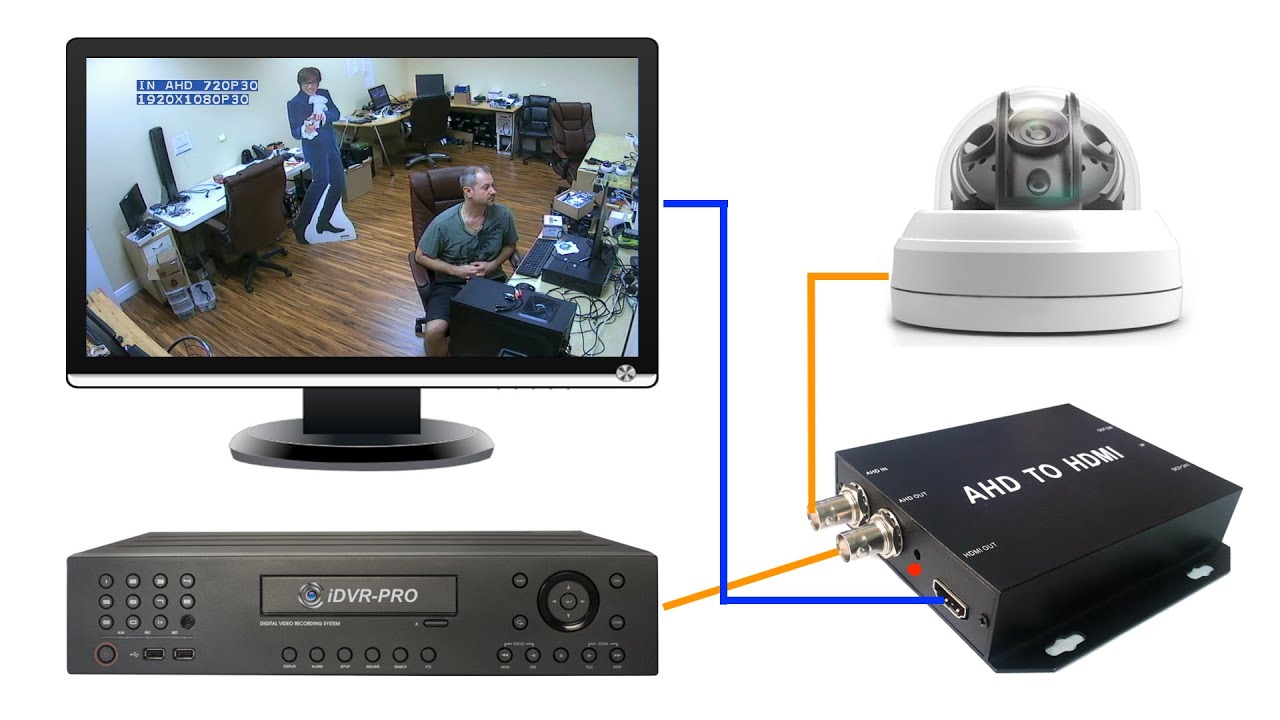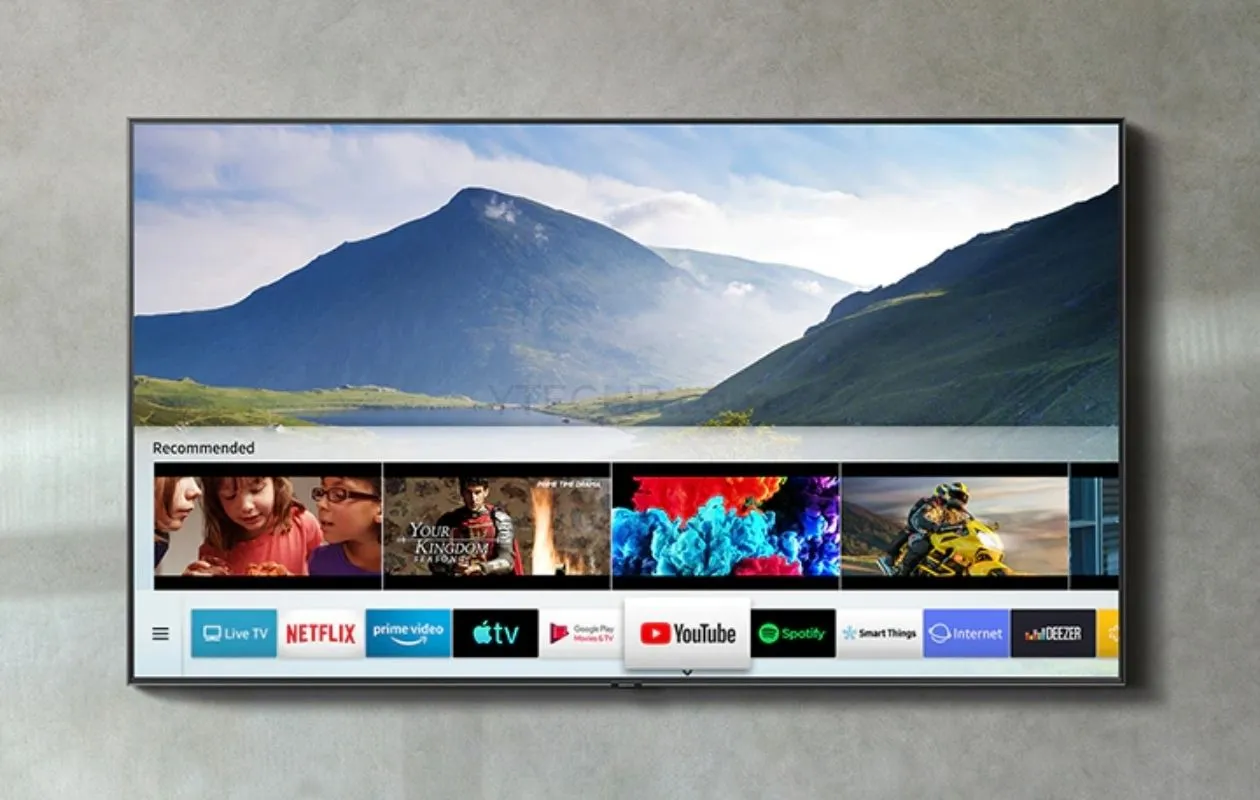Introduction
Welcome to this guide on how to connect your camera to a smart TV! Whether you are looking to showcase your stunning photographs or watch videos directly from your camera on a larger screen, connecting your camera to your smart TV can provide an immersive and enjoyable visual experience.
In today’s digital age, most cameras come equipped with various connectivity options that make it easier than ever to connect them to your TV. By doing so, you can relive precious memories, share your photography skills with friends and family, or simply enjoy a cinematic viewing experience from the comfort of your living room.
In this guide, we will explore two common methods for connecting your camera to a smart TV: via an HDMI cable and wirelessly. We will also provide troubleshooting tips to help you overcome any potential hurdles along the way.
Before we begin, it’s essential to note that the availability of these connection methods may vary depending on the make and model of your camera and smart TV. Always refer to your device’s user manuals for specific instructions tailored to your equipment.
So let’s dive in and discover how you can easily connect your camera to your smart TV!
Step 1: Check Compatibility
Before attempting to connect your camera to your smart TV, it’s crucial to ensure compatibility between the two devices. Not all cameras and smart TVs are compatible with each other, so it’s essential to check the specifications and capabilities of your camera and TV before proceeding.
Here are a few key factors to consider:
- Camera Output: Determine what type of output options your camera provides. The most common output option is HDMI, but some cameras may also offer USB or Wi-Fi connectivity.
- Smart TV Inputs: Take a look at the available input ports on your smart TV. The most common input for connecting a camera is an HDMI port, but your TV may have additional options like USB or Wi-Fi connectivity.
- Resolution Support: Check if your camera’s video output resolution is supported by your smart TV. It’s important to ensure compatibility in terms of resolution to avoid any display issues.
- Audio Support: Consider whether your camera’s audio output is compatible with your smart TV’s audio input. Some cameras may require separate audio connections, while others can transmit audio through the HDMI cable.
- Camera and TV Compatibility: Consult the user manuals or online resources for your camera and smart TV to verify if they explicitly mention compatibility with each other.
By checking these compatibility factors, you can avoid any unnecessary frustration or disappointment when attempting to connect your camera to your smart TV. Remember, every device is unique, and it’s crucial to ensure that they are capable of communicating with each other seamlessly.
Once you have confirmed compatibility between your camera and smart TV, you can proceed to the next steps to connect them together. So let’s move on to the next step: connecting your camera to your smart TV using an HDMI cable.
Step 2: Connect Camera to TV via HDMI Cable
Connecting your camera to your smart TV via an HDMI cable is one of the simplest and most common methods. HDMI (High-Definition Multimedia Interface) allows for high-quality video and audio transmission between devices. Here’s how to do it:
- Locate the HDMI port on both your camera and smart TV. Typically, the HDMI port on your camera will be labeled as “HDMI Out” or something similar, while the HDMI port on your TV will be labeled as “HDMI In”.
- Insert one end of the HDMI cable into the HDMI output port on your camera and the other end into the HDMI input port on your smart TV. Ensure that the cable is securely connected to both devices.
- On your smart TV, switch the input source to the corresponding HDMI port where your camera is connected. This can usually be done through the TV’s remote control or the on-screen menu.
- Turn on your camera and your smart TV. You should see the live view from your camera being displayed on your TV screen. If not, make sure both devices are powered on and try switching to a different HDMI input on your TV.
- Adjust the camera settings as needed for the display to fit your preferences. You may need to refer to your camera’s user manual for specific instructions on adjusting the settings for HDMI output.
- Enjoy the stunning visuals and immersive experience of viewing your camera’s content on a larger screen!
Keep in mind that some cameras may require you to enable the HDMI output in the camera’s menu settings before the live view appears on the TV. Refer to your camera’s user manual for instructions on enabling HDMI output if necessary.
By following these simple steps, you can easily connect your camera to your smart TV using an HDMI cable. Now, let’s explore an alternative method for connecting your camera to your TV wirelessly.
Step 3: Connect Camera to TV Wirelessly
If your camera and smart TV support wireless connectivity, you can enjoy the convenience of connecting them without the need for any physical cables. Here’s how to connect your camera to your TV wirelessly:
- Verify that both your camera and smart TV have wireless capabilities. Check the user manuals or specifications of your devices to ensure they support wireless connection options such as Wi-Fi or Bluetooth.
- On your camera, navigate to the wireless settings or network settings menu. Enable the Wi-Fi or Bluetooth feature, depending on the connectivity option available on your camera.
- On your smart TV, access the network settings or wireless settings. Enable the Wi-Fi or Bluetooth feature as well.
- Once the wireless features are enabled on both devices, they should start searching for each other. On your TV, select the option to connect to a wireless camera or a new device. The specific terminology may vary depending on the brand and model of your smart TV.
- On your camera, select the option to connect to a wireless TV or a new display. Follow the on-screen instructions to establish a connection between your camera and TV.
- If prompted, enter the pairing code or PIN provided by the TV on your camera. This helps establish a secure connection between the two devices.
- Once the connection is established, you should be able to see the live view from your camera on your smart TV screen wirelessly.
- Explore the camera settings and enjoy the wireless convenience of viewing your camera’s content on the big screen!
Note that the specific steps for wireless connection can vary based on the brand and model of your camera and smart TV. Always refer to the user manuals or online resources for detailed instructions tailored to your specific devices.
By following these steps, you can connect your camera to your smart TV wirelessly and enjoy the freedom of viewing your content without the hassle of cables. If you encounter any issues during the wireless connection process, refer to the troubleshooting section for potential solutions.
Step 4: Troubleshooting Tips
Even with the most straightforward connectivity methods, you may encounter some challenges when connecting your camera to your smart TV. Here are some troubleshooting tips to help you resolve common issues:
- No Signal: If you’re connecting via an HDMI cable and your TV displays a “No Signal” message, ensure that the cable is securely connected to both the camera and TV. Try using a different HDMI port on your TV or a different HDMI cable to rule out any potential cable issues.
- Compatibility Issues: If your camera and smart TV are not compatible, double-check the specifications and capabilities of both devices. Ensure that they support the same connectivity options and that the camera’s video output resolution is compatible with the TV’s supported resolutions.
- Camera Settings: Some cameras require specific settings to enable HDMI output or wireless connectivity. Refer to your camera’s user manual to ensure the necessary settings are enabled. Additionally, check if there are any firmware updates available for your camera that may address compatibility issues.
- Wireless Connection: If you’re connecting wirelessly, make sure both your camera and TV are on the same Wi-Fi network or paired via Bluetooth. Check the signal strength and try moving both devices closer to the wireless router to improve the connection reliability.
- Audio Issues: If you’re unable to hear audio when connected via HDMI, ensure that your TV’s audio settings are correctly configured. Some cameras may require separate audio connections, so refer to your camera’s user manual for details.
- Software Updates: Check if there are any software updates available for your camera or smart TV. Updating the firmware or software on both devices can potentially resolve compatibility issues and improve overall performance.
If you’ve tried these troubleshooting tips and are still encountering issues, it may be helpful to consult the customer support or online forums for your specific camera or smart TV. They can provide more tailored guidance based on the particular make and model you’re using.
Remember, patience and persistence are key when troubleshooting connectivity issues. With a bit of perseverance, you’ll likely find a solution that allows you to successfully connect your camera to your smart TV and enjoy your content on the big screen!
Conclusion
Connecting your camera to your smart TV opens up a world of possibilities, allowing you to showcase your photographs and videos on a larger screen. Whether you choose to connect via an HDMI cable or wirelessly, the process can be straightforward and rewarding.
In this guide, we explored two common methods for connecting your camera to a smart TV: via an HDMI cable and wirelessly. By following the step-by-step instructions and checking compatibility between your camera and TV, you can enjoy a seamless connection and immerse yourself in your photography or videos.
Remember to always consult the user manuals of your camera and smart TV for device-specific instructions and ensure compatibility between the two devices. Troubleshooting tips, such as checking cable connections, adjusting camera settings, and updating firmware, can help overcome any potential issues you may encounter during the setup process.
Now, grab your camera, select the method that suits your needs, and connect it to your smart TV to unlock a whole new level of visual experience and enjoyment!
Happy shooting and happy viewing!







